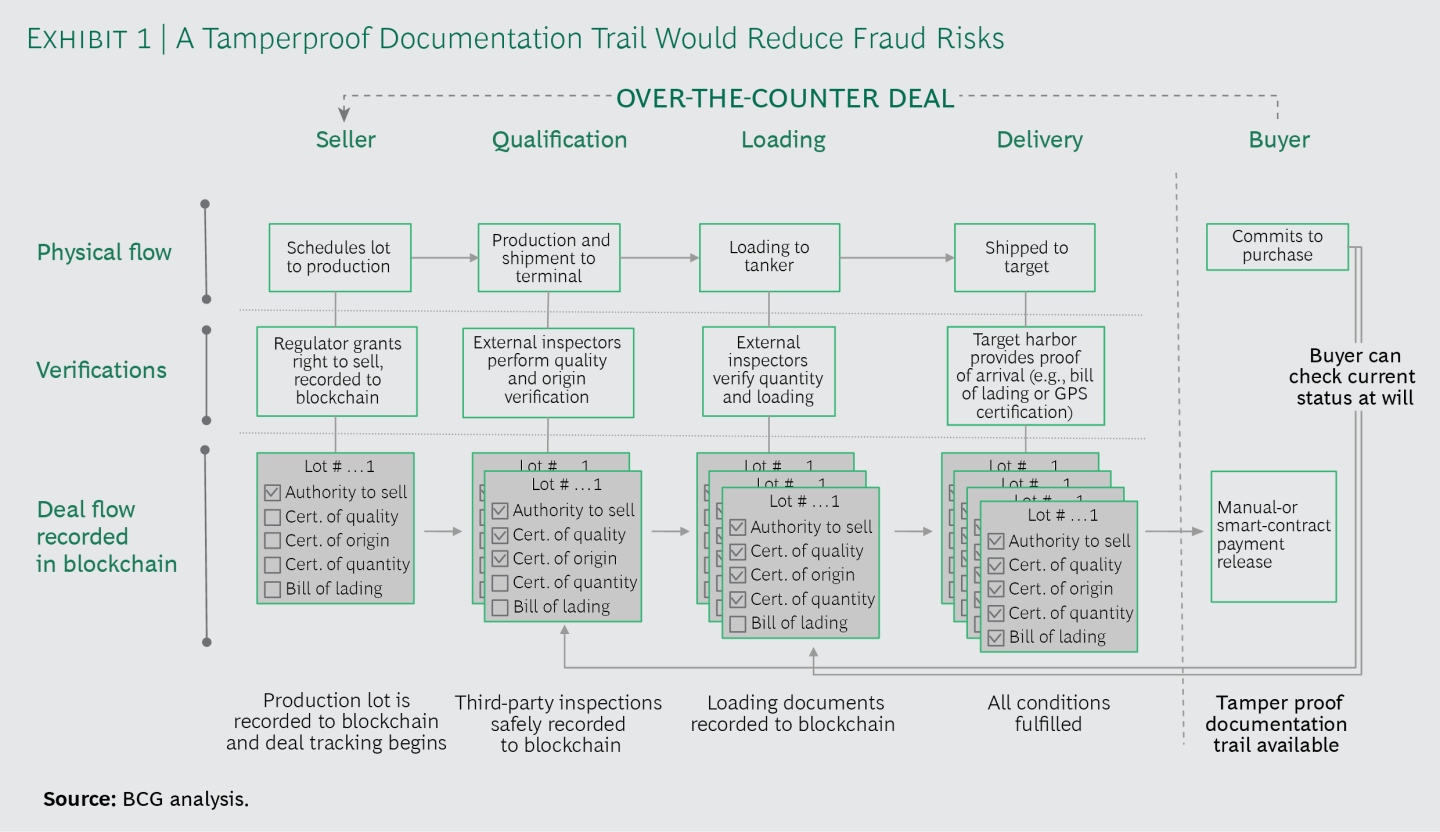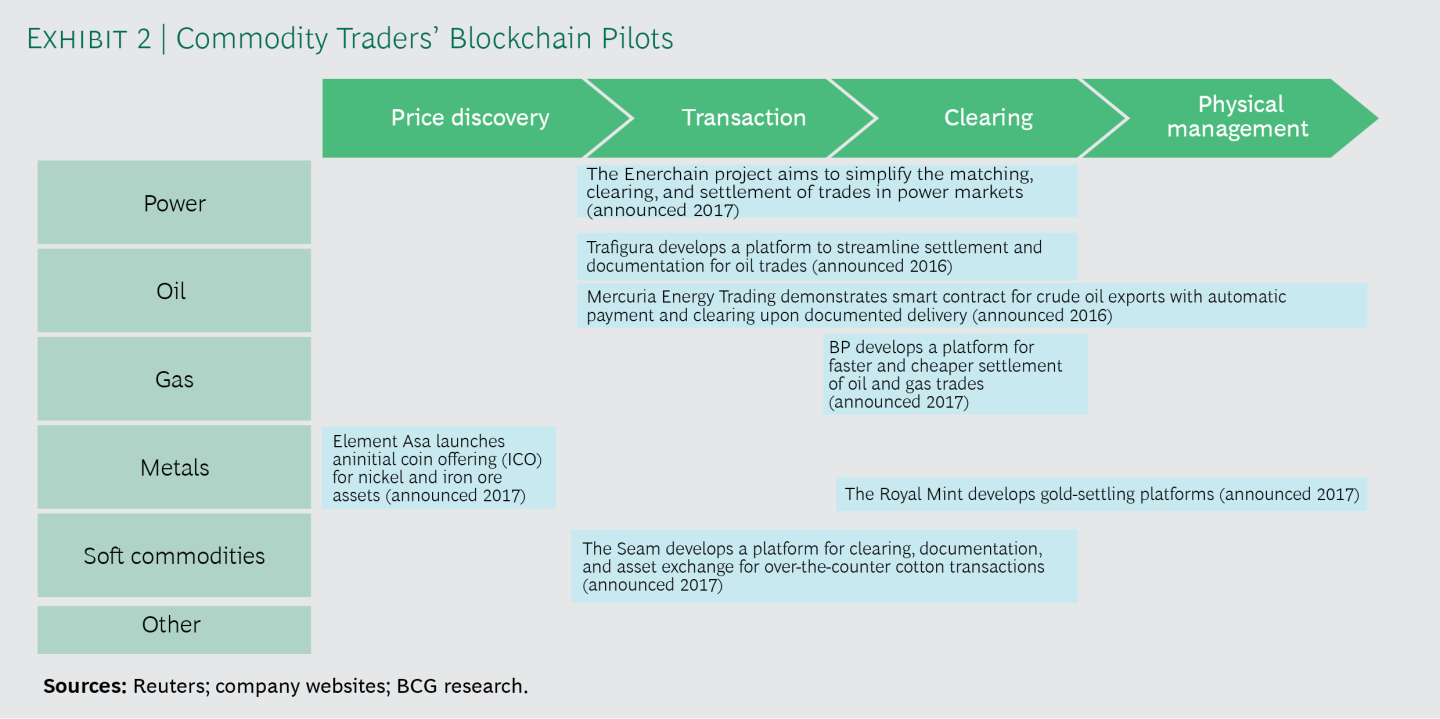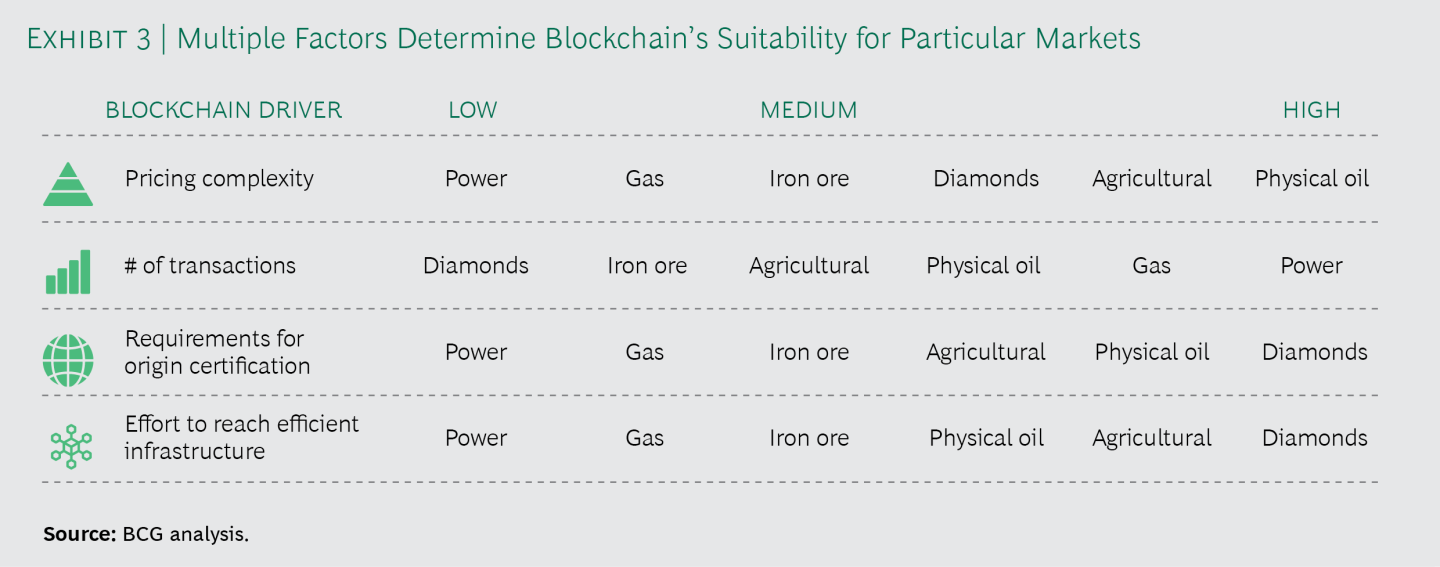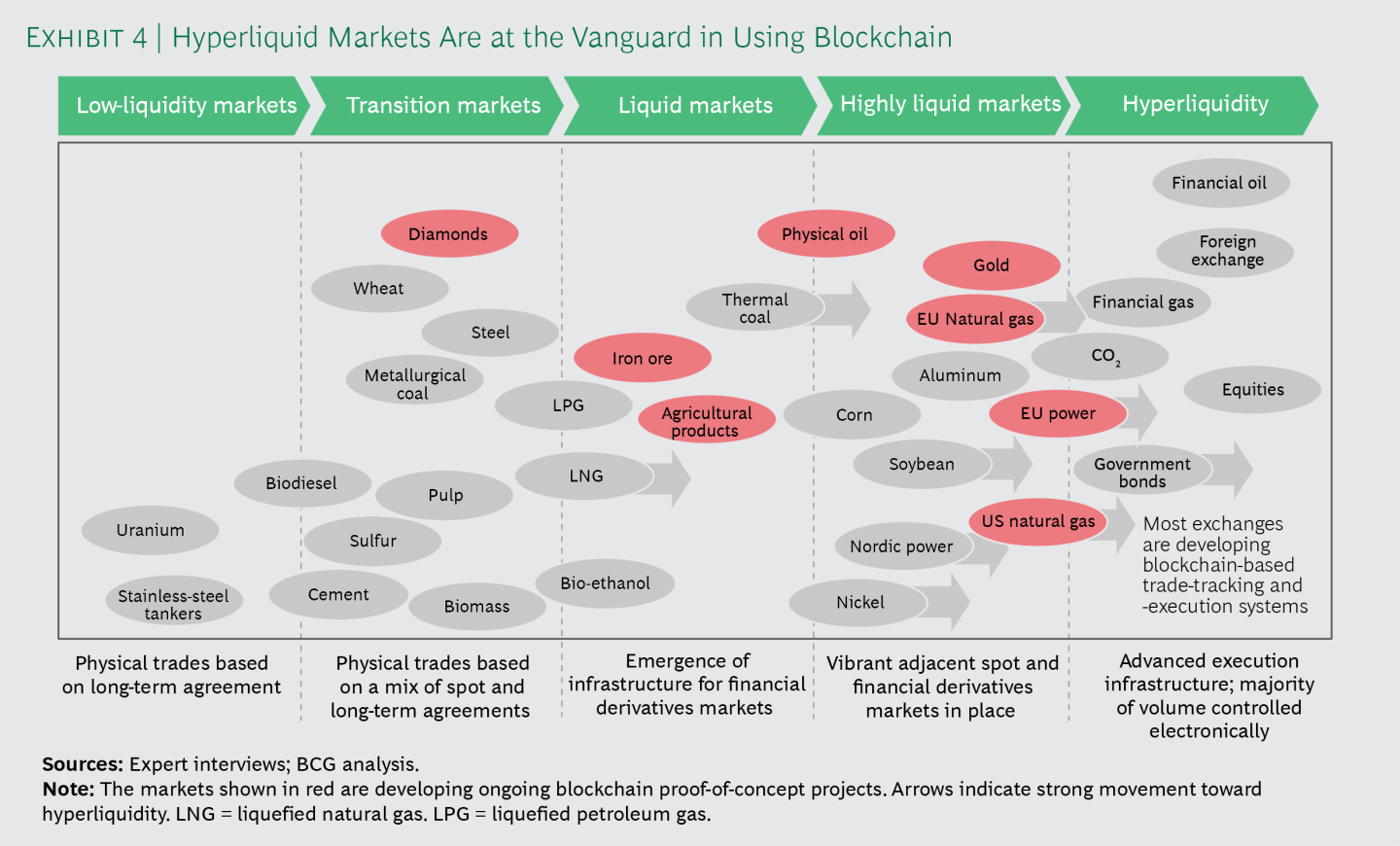| Criterion | Bitcoin | Altcoin "Cryptocurrencies" |
| Legal structure/ Issuer | Bitcoin has no central issuer. A peer-to-peer network regulates bitcoins, transactions and issuance according to consensus in network software. | All other cryptocurrencies are issued via an initial coin offereing (ICO) and are linked to a central issuer such as Ethereum foundation, Ripple, Algorand foundation among others |
| Regulatory classification | Bitcoin is not a security according to the SEC as it was started by an unknown person or persons going by the pseudonym Satoshi Nakamoto and does not exist as a way to raise money for a specific project for profit thereby failing the Howey test. SEC chairman Gary Gensler classifies bitcoin as a commodity to be regulated by the CFTC. | All other cryptocurrenecies having been issued through an ICO to raise money for specific projects for profit pass the Howey test. There is a strong likelyhood of all other cryptocurrencies being classified as securities by the SEC in the near future. |
| Purpose/ Use Cases | Originally intened as an electronic peer-to-peer payment system that is based on cryptographic proof, instead of trust that would operate free of central control. Now used more as store of value or digital gold. | Altcoins are often created to resolve some of the limitations of Bitcoin but similar to bitcoin intended to provide low cost, safe, secure payment system for transactions. Now used for different use cases from meme (Dogecoin), an open-ended decentralised software platform that supports smart contracts and the creation of distributed applications (Ethereum), to create a system of direct transfers (Ripple) to IoT environment (Iota). |
| Inflationary/ Deflationary aspects | Bitcoin is architecturally deflationary as the total number of bitcoins is capped at 21 million. Each bitcoin in theory will be worth more and more as the total number of issued Bitcoins maxes out. | Some altcoin cryptocurrencies with a hard maximum cap such as Binance coin, litecoin are deflationary. Ethereum had no hard caps and until 2021 was inflationary but an update mandated to burn some ethers whenever the network activity rises to make the cryptocurrency deflationary. Others such as Dogecoin with no hard caps are inflationary |
| Security, Scalability, Decentralization | Bitcoin sacrifices scalability for the sake of security encrypted with the SHA-256 algorithm and decentralization, and can be expensive at times of high demand. This also makes an attack over the Bitcoin network too costly or too impractical due to the cryptographic strength, and high number of nodes securing it through a decentralized mining network. | Altcoins are designed to address specific bitcoin limitations such as transaction speeds but are highly centralized -e.g. out of the 100 billion XRP, 20% are owned by the founders of Ripple and the remaining 80% were initially given to Ripple Labs. They use encryption algorithms such as ETHASH (Ethereum) which are less secure than Bitcoin and moreover use the less secure Proof of Stake consensus mechanism. |
| Network Availability | Bitcoin has the largest network comprised of tens of thousands of nodes and an unknown number of miners, with an unparalleled uptime built on top of the most secure database in history. Since 2013, Bitcoin has remained active and accessible without interruption. | Altcoins such as Solana have been subjected to assaults and have consistently experienced prolonged network unavailability. |
| Consensus Mechanism | Most other Altcoins are moving to Proof of Stake,Proof of History or other mechanisms which cannot prevent double spend. Capturing control of the network is easy as it depends on staked capital leading to governance issues as users with more tokens can change the rules of the network. | |
| Smart Contract capabilities | A Turing-incomplete script language allows the creation of custom smart contracts on top of Bitcoin like multisignature accounts, payment channels, escrows, timelocks, atomic cross-chain trading, oracles, or multiparty lottery with no operator | Most altcoins provide turing complete programming languages allowing full smart contract capability. |
| Adoption | Bitcoin could reach 10% adoption rate by 2030. It is already the most widely used cryptocurrency with the most number of users compared to altcoins. | The only altcoin that has a fair adoption rate is Ethereum but that too is at least 50% lower than Bitcoin's adoption. |
| Layer2 and Sidechains | Bitcoin has Layer 2 networks such as the lightning network to increase transcation throughput and lower costs as well as sidechains | Ethereum also has Layer 2 networks such as Polygon as well as sidechains but this is less common in other altcoins |
| Layer 3 applications | Chargeable events reportable on self assessment return | Any pension income taken is reportable under the foreign pension income section and as such 90% will be subject to tax at the member's marginal rate |
| Trustworthiness | The Bitcoin core layer one network with deep storage, and global root trust is very difficult or impossibly expensive to alter leading to its trustworthiness. | Depends on the local regulator e.g. In Gibraltar the Trustee is regulated by the Gibraltar Financial Services Commission |
| Antifragility | Bitcoin has survived external attacks, attempted bans from governments, and internal disputes over the direction of the protocol. Bitcoin has weathered massive price climbs and drops, and its volatility has declined over time. Bitcoin is the only cryptocurrency with over a decade of experience. The fact that Bitcoin has survived this long serves as a positive signal to many investors, developers, and former critics. Bitcoin’s protocol is enforced by the tens of thousands of decentralized nodes across the world, each verifying every transaction on the Bitcoin network. To change Bitcoin’s protocol as all nodes on the network must be simultaneously convinced to change their rules, this is simply infeasible. | Most altcoins with an identifiable issuer which are fairly centralized can be shut down by a government or regulators. |
A blog focused on educating global physical energy commodities participants on evolving financial, regulatory and marketing developments in the Asian commodities markets including use of cryptocurrencies in physical commodities trading. This blog seeks to educate market participants only and does not constitute financial advice.
Showing posts with label Block Chain. Show all posts
Showing posts with label Block Chain. Show all posts
Saturday, 3 September 2022
Why bitcoin is very different from all other altcoin "cryptocurrencies" - Part 2 - A detailed side by side comparison
Part 1 of this 3 part series introduced the high level of cyber crime taking place in the world of altocoin "cryptocurrencies". In this post, a detailed side by side comparison is provided below to illustrate how and why bitcoin is indeed very different from all other altcoin "crytocurrencies".
Labels:
Bitcoin,
Block Chain,
Crypto
Location:
Czechia
Friday, 14 January 2022
Commodities Lectures Series - Block Chains vs. Investment Banks in physical commodities trading
Investment Banks have commodities units that make money in three major ways:
1. By helping corporations involved in the physical side of the commodities buisness to hedge their exposure to changing commodity prices through instruments such as exchange-traded futures, options and swaps to curb the cost of big run ups in the price of raw materials needed to purchase.
2. The second way was owning physical assets that dealt directly with raw materials - for example refineries and coal mines to running gasoline storage silos.
3. The third and most lucrative way is house trading or prop trading which is done in several ways - from a client flow trade that requires the Investment Bank to take positions the bank otherwise wouldn't have wanted. For example betting that natural gas prices would fall at a time when consensus was for it to go higher. Another form of prop trading is to use internal Bank's capital to take profitable positions. By early 2000s analysts estimate that prop trading accounted for at least a quarter of Goldman's pretax income.
BCG's strategic view on the role of Block Chain in Physical commodities trading illustrated how recording commodities transactions on a blockchain results in greater transparency and fairer prices. This would seriously impact the commodities prop trading of Investment Banks which rely on informal channels such as instant messaging to negotiate deals taking advantage of price information inefficiencies.
Real-time settlement provided by Block Chains could eliminate clearing risk with fraudulent or poor quality physical delivery of goods forcing Investment Banks acting as counterparties to release collateral earlier eliminating storage profits as was the case with aluminum storage with Goldman Sachs and The London Metal Exchange.
Block Chains can also disintermediate investment banks in commodity markets with low pricing complexity and low degree of diversity in pricing mechanisms such as Power. EnerChain, the world’s first trading tool for large-scale wholesale peer-to-peer energy trading over the blockchain developed by big European gas and power companies consortium achieves exactly this disintermediation through Block chain based trust, security and transparency between the market participants.
These Consortium permissioned blockchains governed by a group of commodtities participants has the most disruptive potential to align market participants towards real-time streamlining of matching, clearing and settlement of trades, asset exchange, standardization and wholesale peer-to-peer trading. In 2019, EnHelix Marketplace, a Block Chain based marketplace to streamline scheduling, nomination, and billing operations for midstream natural gas market participants including cargo brokers, and logistics companies was unveiled at the Gastech energy conference in Singapore. This HyperLedger based distributed ledger streamlines commodities trading with applications supporting every step of the process from pre-trade KYC, trade execution to post-trade risk management with smart contracts making these energy trades faster and more organized for market participants.Consortium blockchains are more decentralized thereby resulting in higher levels of security. That being said, setting up such consortiums around physical commodities trading can be a fraught process as it requires cooperation between all the participants and presents logistical challenges as well as potential antitrust risk.
1. By helping corporations involved in the physical side of the commodities buisness to hedge their exposure to changing commodity prices through instruments such as exchange-traded futures, options and swaps to curb the cost of big run ups in the price of raw materials needed to purchase.
2. The second way was owning physical assets that dealt directly with raw materials - for example refineries and coal mines to running gasoline storage silos.
3. The third and most lucrative way is house trading or prop trading which is done in several ways - from a client flow trade that requires the Investment Bank to take positions the bank otherwise wouldn't have wanted. For example betting that natural gas prices would fall at a time when consensus was for it to go higher. Another form of prop trading is to use internal Bank's capital to take profitable positions. By early 2000s analysts estimate that prop trading accounted for at least a quarter of Goldman's pretax income.
BCG's strategic view on the role of Block Chain in Physical commodities trading illustrated how recording commodities transactions on a blockchain results in greater transparency and fairer prices. This would seriously impact the commodities prop trading of Investment Banks which rely on informal channels such as instant messaging to negotiate deals taking advantage of price information inefficiencies.
Real-time settlement provided by Block Chains could eliminate clearing risk with fraudulent or poor quality physical delivery of goods forcing Investment Banks acting as counterparties to release collateral earlier eliminating storage profits as was the case with aluminum storage with Goldman Sachs and The London Metal Exchange.
Block Chains can also disintermediate investment banks in commodity markets with low pricing complexity and low degree of diversity in pricing mechanisms such as Power. EnerChain, the world’s first trading tool for large-scale wholesale peer-to-peer energy trading over the blockchain developed by big European gas and power companies consortium achieves exactly this disintermediation through Block chain based trust, security and transparency between the market participants.
These Consortium permissioned blockchains governed by a group of commodtities participants has the most disruptive potential to align market participants towards real-time streamlining of matching, clearing and settlement of trades, asset exchange, standardization and wholesale peer-to-peer trading. In 2019, EnHelix Marketplace, a Block Chain based marketplace to streamline scheduling, nomination, and billing operations for midstream natural gas market participants including cargo brokers, and logistics companies was unveiled at the Gastech energy conference in Singapore. This HyperLedger based distributed ledger streamlines commodities trading with applications supporting every step of the process from pre-trade KYC, trade execution to post-trade risk management with smart contracts making these energy trades faster and more organized for market participants.Consortium blockchains are more decentralized thereby resulting in higher levels of security. That being said, setting up such consortiums around physical commodities trading can be a fraught process as it requires cooperation between all the participants and presents logistical challenges as well as potential antitrust risk.
Labels:
Block Chain,
Commodities,
Energy,
Goldman Sachs,
Investment Banks
Friday, 31 December 2021
BCG's strategic view on the role of Block Chain in Physical Commodities trading
Back in 2018, the German electric utilities company e.ON's Thorsten Kuehnel observed that “The potential of blockchain technology lies in disintermediation. This creates true disruption; everything else is incremental innovation or optimization.” BCG, a global consulting firm, along the same lines issued a publication outlining their strategic view on the role of Block Chain in Physical Commodities trading:
Pricing and Arbitrage According to BCG, Block Chain’s ability to transparently record complicated transactions, track goods, and reduce fraud superficialy make it a natural fit for the commodity business as most trades would have to be recorded accurately in a shared ledger and participants could compare the price of their consignment against other consignments and thereby spot discrepancies. Greater transparency would lead to fairer prices. However, it would impact the profits of traders that rely on pricing inefficiencies to make money. Price-reporting agencies such as Bloomberg and Platts would also need to find new ways to expand their businesses observes BCG.
Pilot Block Chain Implementations Cutting post-trade processing costs is another potential use of blockchain in commodity trading, with savings of up to 40% across operations, accounting, settlements and IT, according to blockchain developers. Big energy traders are backing blockchain post-trade projects, like Vakt for oil and OneOffice for gas. Wholesale peer-to-peer trading is another application being developed by big European gas and power companies in the Enerchain project. The partners hope to enable large-scale trading, making the project unique in its focus, size, and disruptive potential.
Reality Check BCG examined blockchain’s ability to transform commodity trading in each of the main markets using pricing complexity, particularly how much diversity currently exists in pricing mechanisms and transaction volumes. A more efficient and liquid market, moving commodity trading away from bilateral deals struck directly between two parties to transactions based on electronic platforms that match buyers and sellers may not be far on the horizon.
BCG's concluding recommendationBCG cautions on the complexities and cost of creating new platforms, and recommends collaborative development with partners and regulators to ensure that participants have a clear understanding of the value blockchain can add as well as potential use cases adopting a regional approach, rather than create global solutions.
Pricing and Arbitrage According to BCG, Block Chain’s ability to transparently record complicated transactions, track goods, and reduce fraud superficialy make it a natural fit for the commodity business as most trades would have to be recorded accurately in a shared ledger and participants could compare the price of their consignment against other consignments and thereby spot discrepancies. Greater transparency would lead to fairer prices. However, it would impact the profits of traders that rely on pricing inefficiencies to make money. Price-reporting agencies such as Bloomberg and Platts would also need to find new ways to expand their businesses observes BCG.
Pilot Block Chain Implementations Cutting post-trade processing costs is another potential use of blockchain in commodity trading, with savings of up to 40% across operations, accounting, settlements and IT, according to blockchain developers. Big energy traders are backing blockchain post-trade projects, like Vakt for oil and OneOffice for gas. Wholesale peer-to-peer trading is another application being developed by big European gas and power companies in the Enerchain project. The partners hope to enable large-scale trading, making the project unique in its focus, size, and disruptive potential.
Reality Check BCG examined blockchain’s ability to transform commodity trading in each of the main markets using pricing complexity, particularly how much diversity currently exists in pricing mechanisms and transaction volumes. A more efficient and liquid market, moving commodity trading away from bilateral deals struck directly between two parties to transactions based on electronic platforms that match buyers and sellers may not be far on the horizon.
BCG's concluding recommendationBCG cautions on the complexities and cost of creating new platforms, and recommends collaborative development with partners and regulators to ensure that participants have a clear understanding of the value blockchain can add as well as potential use cases adopting a regional approach, rather than create global solutions.
Labels:
Block Chain,
Boston Consulting Group,
Commodities,
Trading
Subscribe to:
Comments (Atom)



